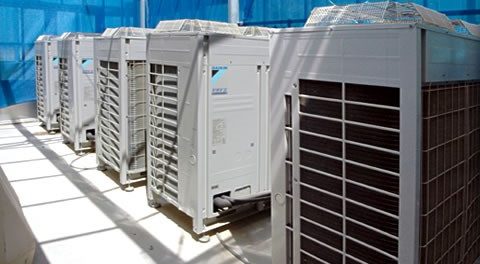
Clean hydrogen should not be viewed as a replacement for gas in domestic heating. As widely expected, the Second National Infrastructure Assessment agreed that electrification via heat pumps should be prioritised to decarbonise heat in buildings. Developments will therefore need to contend with increased electrical demands and the associated costs (both capital and operational) that this will likely bring. Such costs can be mitigated by promoting energy efficiency, installing renewable power generation on-site and, where new heat networks are proposed, utilising secondary heat sources.
Producing clean hydrogen is both complex and expensive, traits which make it better suited to replacing harder to decarbonise energy supplies such as industry and heavy transport. This was backed in the Second National Infrastructure Assessment, which stated that ‘there is no public policy case for hydrogen to be used to heat individual buildings’. The report does, however, note that hydrogen will have a role in replacing gas for flexible power generation. This conclusion is of particular importance now, with the Government to decide if they will support a blending of up to 20% hydrogen by volume into the gas distribution network by the end of the year. Currently, the 1996 Gas Safety Regulations cap this at 0.1%.
Whilst electrification presents a better option for decarbonising heat in buildings, it requires careful implementation on new developments to ensure costs remain comparable to natural gas-based strategies. A ‘lean’ design comprising of high fabric standards and appropriate MEP selection/sizing is the most important step, followed by the installation of on-site renewable power generation (usually in the form of PV panels). The first step will reduce operational costs and the second will provide a means of offsetting the remaining cost further by reducing reliance on the electricity grid. Where new heat networks are provided, secondary heat sources (such as gas or electrical boilers) can provide an important role by supplementing the role of heat pumps at specific times in the year. This can reduce costs by limiting the capital and maintenance outlay on heat pumps which remain more expensive on a per kW basis than boilers.
Posted on November 22nd, 2023
Author: Jonathan Thomas-Peck
Related services: Heat Network Performance Evaluation, Building Performance Evaluation,